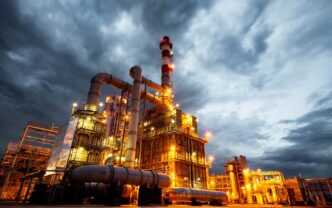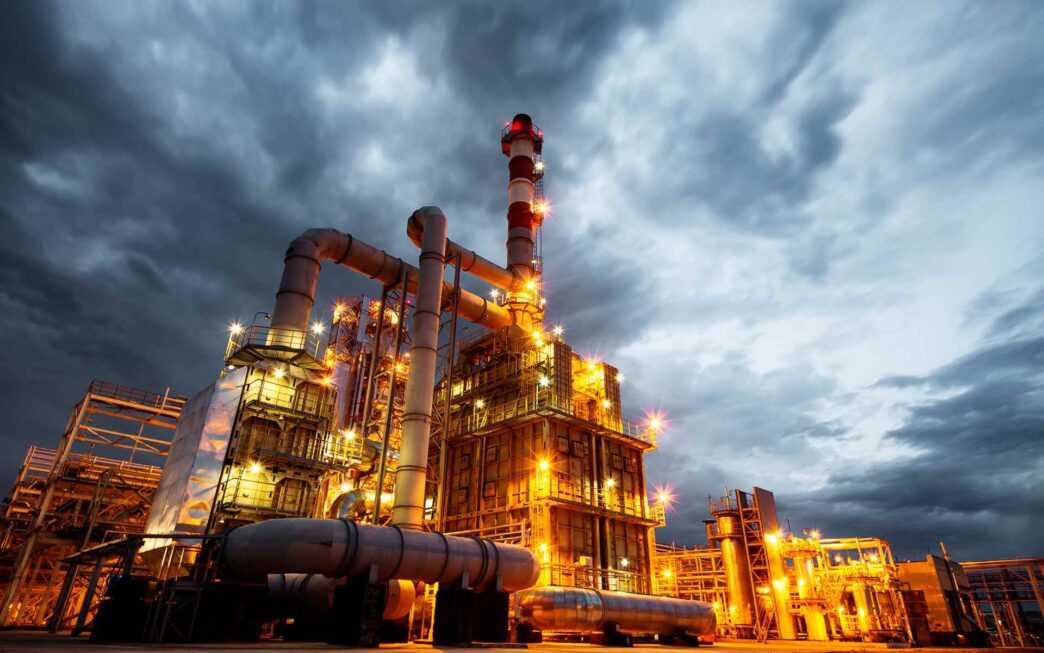Nigeria and Angola are establishing themselves as key participants in Africa’s continuous energy revolution. As refining capacity is anticipated to increase significantly over the next several years, both countries are anticipated to take the lead in initiatives to increase fuel security on the continent.
Africa’s refining capacity could eventually fulfill up to 90% of its fuel demand, nearly doubling from last year’s number of 45%, according to the Africa Finance Corporation’s (AFC) recently issued State of Africa’s Infrastructure Report 2025.

With this anticipated increase, Africa will have a significant chance to lessen its long-standing dependency on fuel imports, which have strained national economies and impeded the continent’s energy self-sufficiency.
However, achieving this potential will require focused investment along two important axes. First and foremost, substantial brownfield improvements are necessary; modernizing current refineries to meet cleaner fuel requirements and lessen reliance on imports will cost more than $16 billion. Second, greenfield projects are just as important. Nigeria and Angola are becoming important continental hubs in this regard, with the potential to propel future innovation and capacity in the industry.
Upgrades to refineries are only one aspect of strengthening Africa’s larger energy environment. Supporting this transition will require the development of effective distribution networks, including rail systems, pipelines, and diverse port facilities. Resilience and flexibility must also continue to be top considerations when the continent constructs new energy infrastructure in order to guarantee preparedness for upcoming energy transitions.
The leadership shown by Nigeria and Angola in this area is encouraging for Africa’s long-term fuel security and energy independence. The continent may soon reach a new degree of independence in supplying its expanding energy needs if strategic investments are maintained and infrastructure deficiencies are filled.














